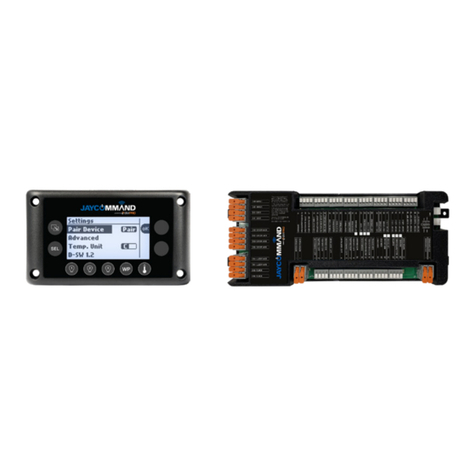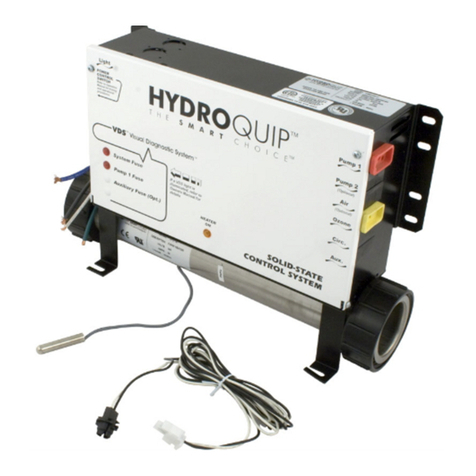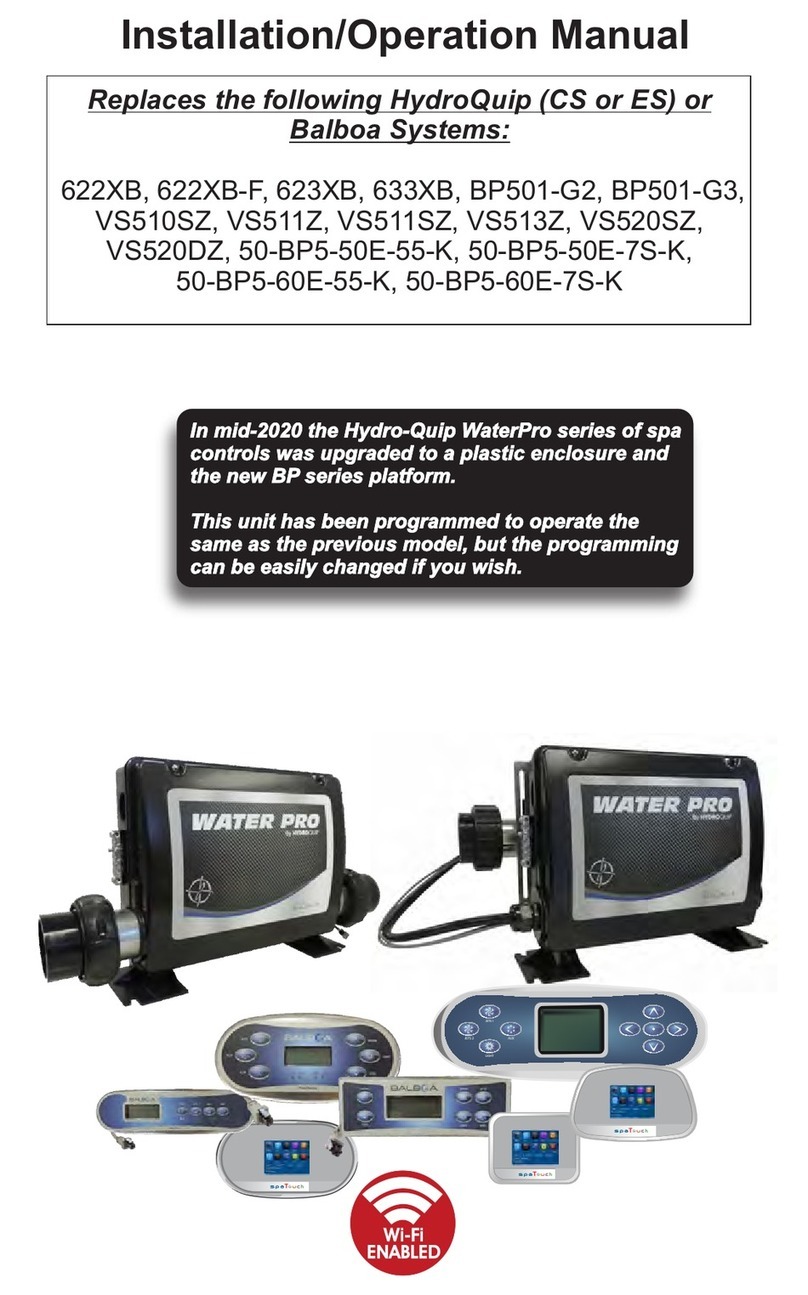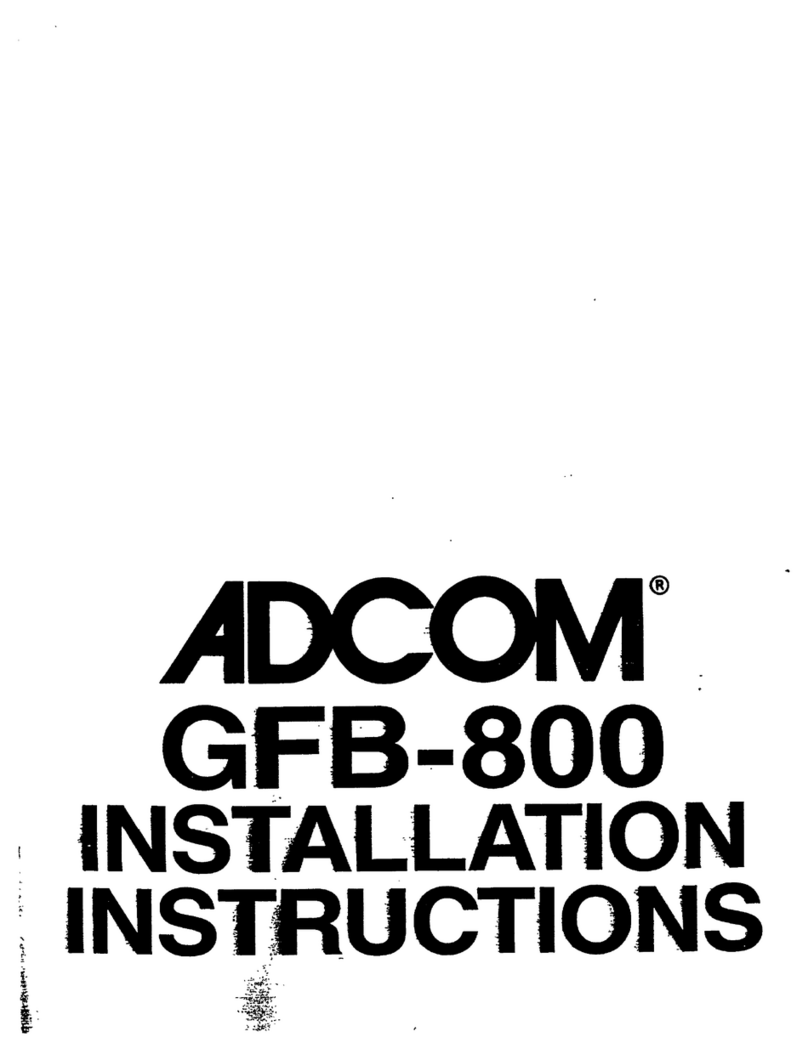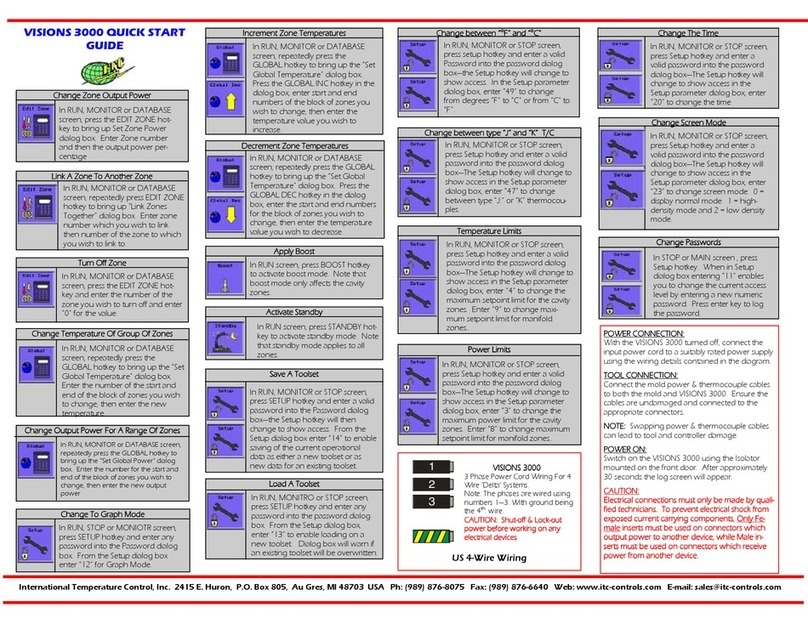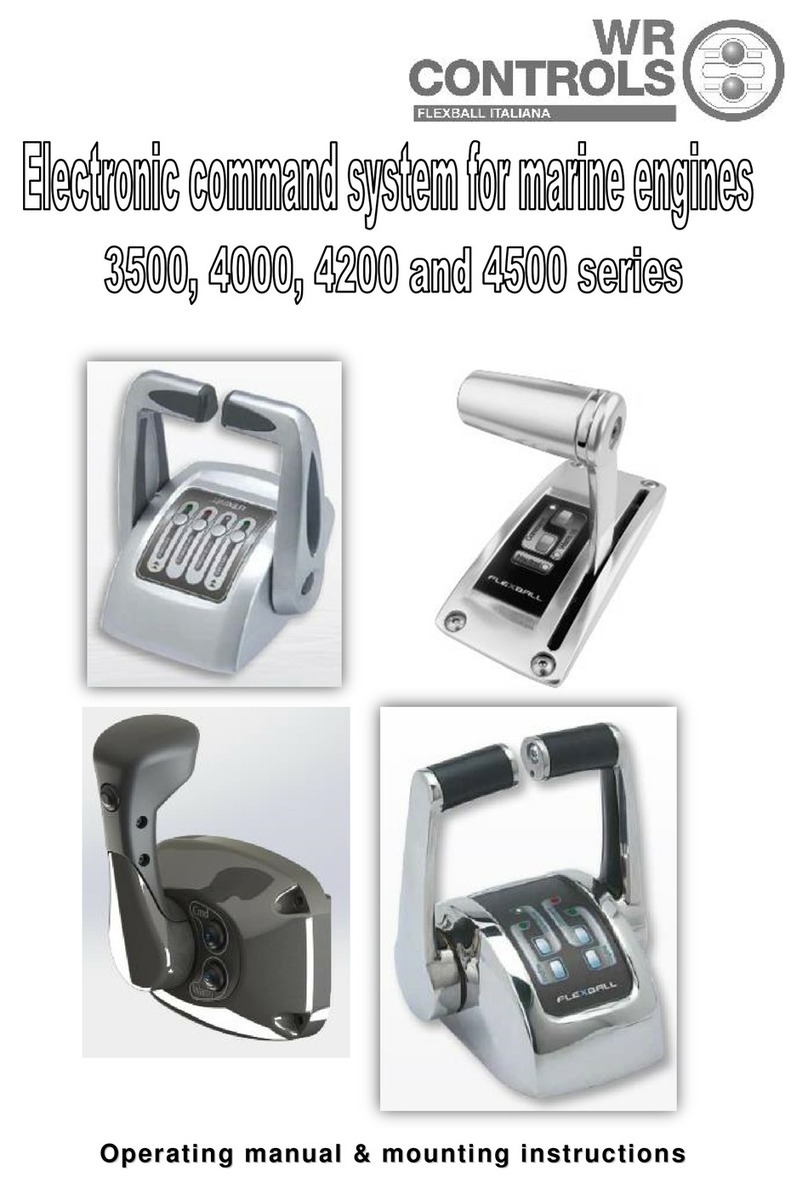Evil Mad Scientist Ostrich Eggbot 2.0 User manual

Kit version 2.0
Manual v. 2.0
11/5/2014
Distributed by
Evil Mad Science LLC
http://evilmadscientist.com/
An open-source hardware+software project. For links to design files, source code, examples, support
resources & documentation, please visit: http://wiki.evilmadscientist.com/ostrich
The Ostrich EggBot kit is the big brother of the Original EggBot kit. These kits are the product of
many years of evolution, dating back to the first EggBot, developed by motion control artist Bruce
Shapiro in 1990. The present kit was developed by Evil Mad Scientist Laboratories in cooperation
with Bruce Shapiro, Ben Trombley, and Brian Schmalz.
This kit is designed to allow you to draw on spherical & egg-shaped objects from about
4.25-6.25” (6-16 cm) in diameter. Internet access, simple tools, and a recent-generation
computer (Mac/Win/Linux) with a USB port are required.
This assembly guide covers the procedures for putting together Ostrich EggBot Kit v2.0. Typical
assembly time is estimated to be 1-2 hours. Please exercise appropriate care when building it: The
kit contains many small parts and some parts that could be sharp. Keep out of reach of small
children. Older children and teens may require adult assistance.
Support Forum: http://forum.evilmadscientist.com/
Assembly Guide
The Original Egg-Bot – Version Ostrich 2.0

Ostrich EggBot Kit v 2.0 Bill of Materials
Your kit came with a bill of materials: an up-to-date list
of what’s in your particular kit. The exact items may
differ very slightly between versions of the kit.
In the instructions, we refer to components by their line
item number on the bill of materials. For example, #1
is the chassis-- a set of five MDF pieces with white
melamine surfaces.
STEP 0: It’s the BOM.
[Ostrich EggBot Kit Assembly Guide]
Line
name / description
Qty
1
Chassis, MDF/Melamine (set of 5 pcs)
1
2
Hex driver, ball end, 5/64"
1
3
Hex L-wrench, 5/64”
1
4
Hex L-wrench, 3/32", nickel plate
1
5
Nylon flange bushing
2
6
Threaded standoff, 6-32 x 7/8", aluminum
5
7
Button Socket Cap Screw 6-32 x 3/8"
29
8
Angle bracket
13
9
Steel dowel pin, 1/4” diameter x 3”
1
10
Precision Egg Coupler for 1/4" shaft with abrasive pad
1
11
Spring, 1/4” ID, 1” length, 5.8 lbs/inch
1
12
Nylon washer (Thrust bearing)
1
15
Tailstock Draw Knob
1
13
Nylon Spacer, 1/4" ID, 5/16" Length
2
14
O-ring to retain 1/4” shaft
2
16
EiBotBoard v. 2.0 by Schmalzhaus.com
1
17
4-40 x 1/2” philips screw -- for EBB
4
18
#4 nylon washer -- for EBB
4
19
plastic spacer -- for EBB
5
20
Stepper Motor
2
21
Spiral wrap
2
22
Screw, M3x10 BSCS, black (for motors)
8
23
Nylon washer, #6
16
24
Brass thumbscrew, 6-32 x 1/2”
13
25
Precision Egg Coupler for 5 mm shaft with abrasive pad
1
26
Pen Arm (distal) with 6-32 square nut
1
27
Pen arm (hinge clamp)
1
28
Flexure hinge, 0.010” acetal copolymer
2
29
Flexure hinge washer, 0.20” delrin
1
30
Flexure hinge screws, Phillips head #2
2
31
Thumbscrew, nylon, 6-32 x 1/2
1
32
Servo motor
1
33
Servo motor mount
1
34
Threaded standoff, 6-32 x 3/4", aluminum
2
35
XL Pen Arm,“proximal”
1
36
Thumbscrew, brass, 10-32 x 1/2
1
37
Nylon Washer, #10
1
38
Aluminum Pen Arm Backer
1
39
Servo extension cable
1
40
Power Supply
1
41
USB Cable
1
42
Pen, Sharpie Ultra fine
1
43
Spring, 1/4” ID, 1” length, 18.3 lbs/inch
1
44
Rubber washer, 1” OD
1

STEP 1: Tool Checklist
Essential tools: Needed to build and use the kit:
1. Small screwdriver(s)
There are several places in the assembly process where you
will need to provide a small Phillips head or flat head
screwdriver. You may find it helpful to have a couple of
different sizes handy.
3. Electrical power
And if you’re so inclined...
2. Computer, Internet access,
USB port....
To use the EggBot, you’ll need a reasonably
recent vintage computer (Mac, Windows, or
Linux) with an available USB port as well as
internet access to download software.
All of the software that you’ll need will always
be available for free.
Visit http://wiki.evilmadscientist.com/EggBot
to get started.
Wire strippers, soldering iron, etc.
Rather than using cable ties, you may want to reduce the length of
the wires on the stepper motors. If you’d like to trim, strip, and tin
the wires, you’re certainly welcome to do so.
The EggBot kit comes with a regulated universal-input
power supply that accepts worldwide voltages and puts
out 9 V DC at up to at least 1 A. (International users
may need to supply a plug adapter to fit the prongs into
local outlets.)
If you’re using your own external power, make sure that it provides
9 to 18 V DC, has a center-positive plug and is rated for at least
1000 mA. (A 12V car battery with the right connector can do the
job, for example.) Please be careful: Inappropriate voltage or
polarity can cause permanent damage.
Suggested tools: Recommended; not required
1. Small cable ties
The wires on the stepper motors are long. There are mounting
holes provided in case you want to tie them up with a couple
of small cable ties.
OK, Let’s get started! >>>
2. Containers to hold small parts
Small bowls, an egg carton, or an array of paper cups may be helpful
for organizing small parts while you put the EggBot together.
[Ostrich EggBot Kit Assembly Guide]

STEP 2: The first few parts
#2 5/64” Ball-end hex wrench
#4 3/32” hex L-wrench,
nickel plated
Beyond the tools already mentioned, three
additional tools are included in the EggBot kit:
A 5/64” ball-end hex driver, a 5/64” hex
L-wrench and a 3/32” hex wrench.
The chassis is made of CNC cut MDF with laser engraved
white melamine surfaces.
This is the EggBot chassis, #1 on your
BOM. It consists of five separate pieces.
[Ostrich EggBot Kit Assembly Guide]
#3 5/64” hex L-wrench

STEP 4: Flanged bushings, part I
The two nylon flanged bushings, part
#5, go into the indicated sides of the
two chassis tailstock pieces.
Orient the two pieces as shown,
paying attention to both the outline
shape and the engraved markings.
TO BE CONTINUED...
(This piece is the inner tailstock)
(This piece is called the tailstock back)
[Ostrich EggBot Kit Assembly Guide]
Nylon flanged bushings, part #5

STEP 5: Split bushings, part II
Press the two bushings into their holes.To install one,
press it into the hole until the flange is flush against
the surface without any gap.
[Ostrich EggBot Kit Assembly Guide]

STEP 6: Screws and Standoffs
In the next step, you’ll need the five 7/8” long
threaded aluminum standoffs, part #6.
You’ll also need 10 pieces of part #7,
the 3/8” length stainless steel button
socket cap screws. (There are a total of
29 of these in the kit.)
[Ostrich EggBot Kit Assembly Guide]

Here’s how it looks once all five are added.
STEP 7: Adding Standoffs
The screws go into the five holes shown,
from the side that where the holes are
marked with solid circles.
(Note that the circles are not always well-
centered around the holes.)
Do not tighten the screws (yet).
Thread a standoff onto each screw
from the opposite side. Use your
finger to hold the screw head in place
while you thread it on.
[Ostrich EggBot Kit Assembly Guide]

As you insert the screws, tighten them with
the ball end of the 5/64” hex wrench.
Be careful not to over-tighten the screws.
STEP 8: Mating the two tailstock pieces
Test fit the two tailstock pieces together:The standoffs
go against the unmarked holes on the other piece.
The other five screws go into the standoffs from the
other side, again through the holes with solid outlines.
And, tighten the screws on both sides.
When you’re done, the tailstock should
look like this. You should have a clear
view through both nylon bushings.
[Ostrich EggBot Kit Assembly Guide]

In the next step, you’ll need six of
the steel angle brackets, part #8.
Pro-tip: You may want to test-thread one of the steel
screws into each side of each angle bracket, using the
hex wrench. The threads in their holes may be rough,
and this process can help to “break them in.”
STEP 9: Angle brackets
You’ll also need 6 more pieces of part #7,
the 3/8” length button socket cap screws.
[Ostrich EggBot Kit Assembly Guide]

STEP 10: Adding tailstock angle brackets
Add the six angle brackets to the tailstock.
They sit within the six rectangular outlines.
Each bracket is held in place by a screw from
the other side. Tighten the screws only just
enough to hold them in place.
Once the brackets are all in place, stand the
assembly up on end. Hold the “angled” side of each
bracket down, flat against a hard surface. Then,
tighten that bracket’s screw well to hold it in place. And, here’s how it should look when you’re done.
[Ostrich EggBot Kit Assembly Guide]

STEP 11: Adding headstock angle brackets
Using the same procedure as for the tailstock, use six
more screws to add six angle brackets to the headstock.
As before,the angle brackets go in the outlined
locations. Again, put the angle brackets in loosely at first
and only tighten them once they’re held flat.
This chassis piece is the headstock.
It’s a good idea to check that the angle brackets on both
the headstock and tailstock appear to be “square” to the
outlined locations. If they are askew, you’ll find it harder
to adjust the thumbscrews in upcoming steps.
[Ostrich EggBot Kit Assembly Guide]

STEP 12: Plunger Parts
We’ll need this in the next few steps,
plus the other parts shown here:
Part #9 is the 1/4” steel dowel pin.
#10, precision egg coupler for 1/4” shaft
#13, the two 5/16” long nylon (plastic) spacers.
#4, the 3/32” hex wrench, which fits
the little screw in the 1/4” shaft collar
#14, the tiny O-ring #12, the even tinier
nylon washer
#11, the steel spring.
(There is another, stronger spring
for optional use as well.
Use the regular one for now.)
[Ostrich EggBot Kit Assembly Guide]
#15, tailstock draw knob for 1/4” shaft

STEP 13: Add the coupler to the dowel pin
Add the 1/4” precision coupler to the end (either end) of
the dowel pin. You may need to loosen the screw for the
shaft collar inside, but it should fit easily and sit flush
against the wooden back of the coupler.
Once the dowel pin is in place, tighten the
screw well to keep it there.
Slide the spring onto the shaft of
the dowel pin, and then slide the
thin nylon washer into place.
[Ostrich EggBot Kit Assembly Guide]

STEP 14: Installing the Plunger Put one of the 5/16” nylon spacers
on the end of the dowel pin,
followed by the o-ring. Fingertip
pressure can guide the o-ring on.
The O-ring captures this “plunger” and
prevents it from falling out accidentally.
[Ostrich EggBot Kit Assembly Guide]
Push the dowel pin through the
bushing in the inner tailstock so that a
little bit sticks through to the middle.
You should have just enough
room to slide in the other
5/16” spacer.
The plunger is now in place--just one
thing left...

STEP 15: Installing the Plunger (continued)
Push the plunger against the spring
to fully engage the plunger.
Gently release it, and the o-ring will keep it
from coming out.
The tailstock assembly is now complete
[Ostrich EggBot Kit Assembly Guide]
Install the tailstock drawknob on the
other end of the dowel pin using the
3/32” hex wrench.

STEP 16: The EBB and its mounting hardware
You’ll also need a phillips
head screwdriver and....
Next, we’re going to mount the EggBot control
circuit board. This is the EiBotBoard, aka
EggBotBoard, aka EBB, and #16 on your BOM.
(This circuit board may be either red or white.)
Four phillips head
screws, #17.
Four nylon washers, #18.
Four nylon spacers, #19.
[Ostrich EggBot Kit Assembly Guide]

STEP 17: Where we mount the EBB
The EBB will be mounted
in this location, oriented
as it’s shown below.
The EBB has mounting holes on its four corners.
To mount it, we’re going to put those four long &
phillips head screws in the locations shown below.
[Ostrich EggBot Kit Assembly Guide]

STEP 18: Adding the EBB, part I
Put the washers onto the phillips head screws and
then put the screws through the mounting holes in
the corners of the EBB. Put the spacers on the
screws below the EBB.
Align the EBB on the headstock and position
the screw tips so that they’re resting in the
pilot holes.
Now, screw the screws into
the headstock using a phillips
head screwdriver until just
tight. Do not overtighten.
[Ostrich EggBot Kit Assembly Guide]

EBB installation complete!
STEP 19: Adding the EBB, part II
[Ostrich EggBot Kit Assembly Guide]
Table of contents
Popular Control System manuals by other brands

Delta
Delta NC300 Series quick start
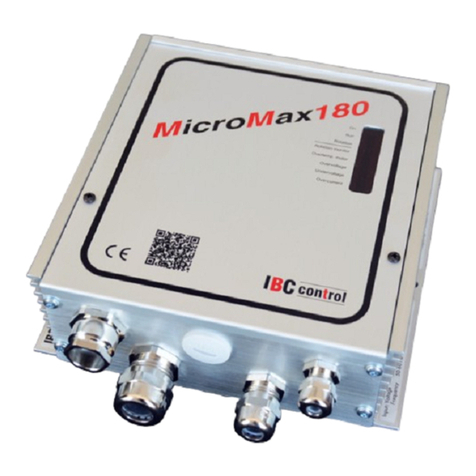
IBC control
IBC control MicroMax180 manual
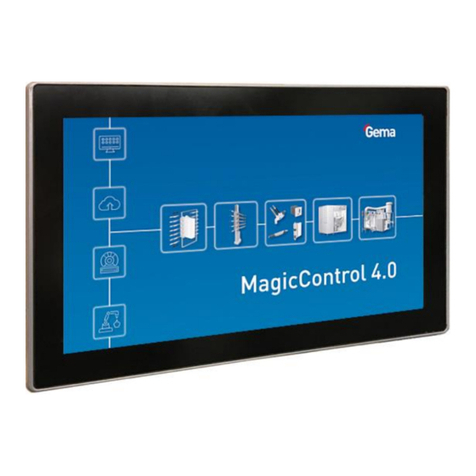
Gema
Gema MagicControl 4.0 Operating instructions and spare parts list
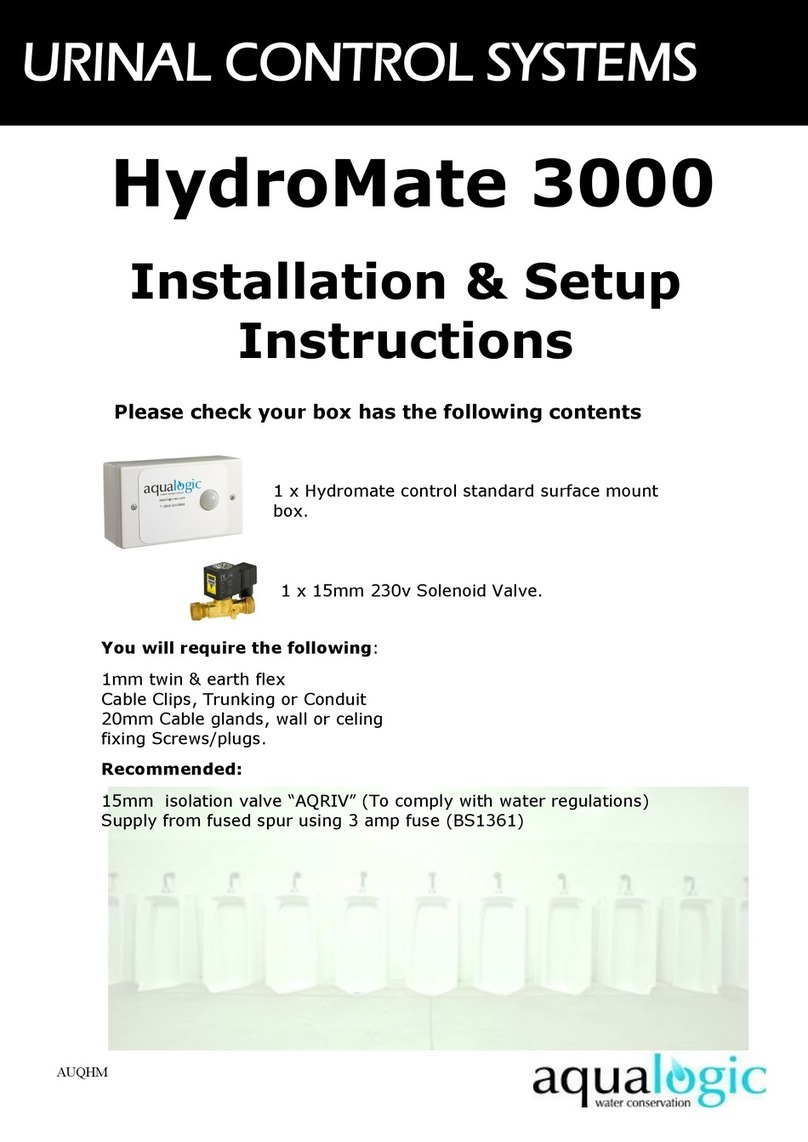
Aqua Logic
Aqua Logic HydroMate 3000 Installation & setup instructions
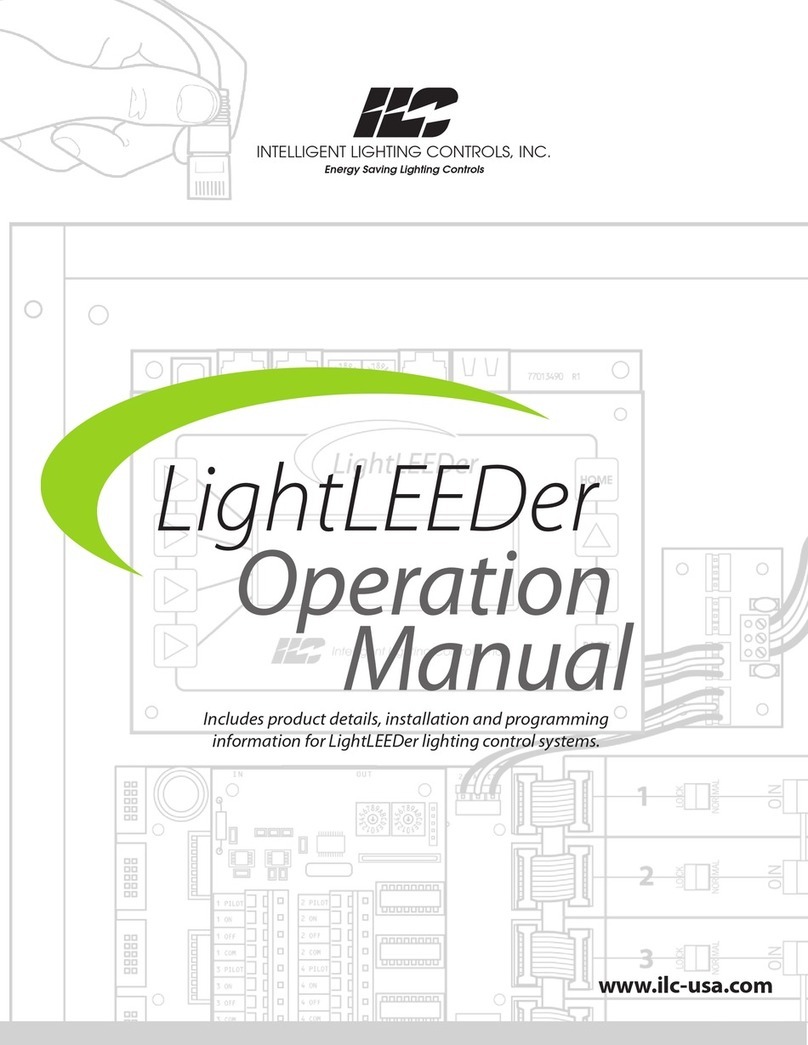
Intelligent Lighting Controls, Inc.
Intelligent Lighting Controls, Inc. LightLEEDer Operation manual
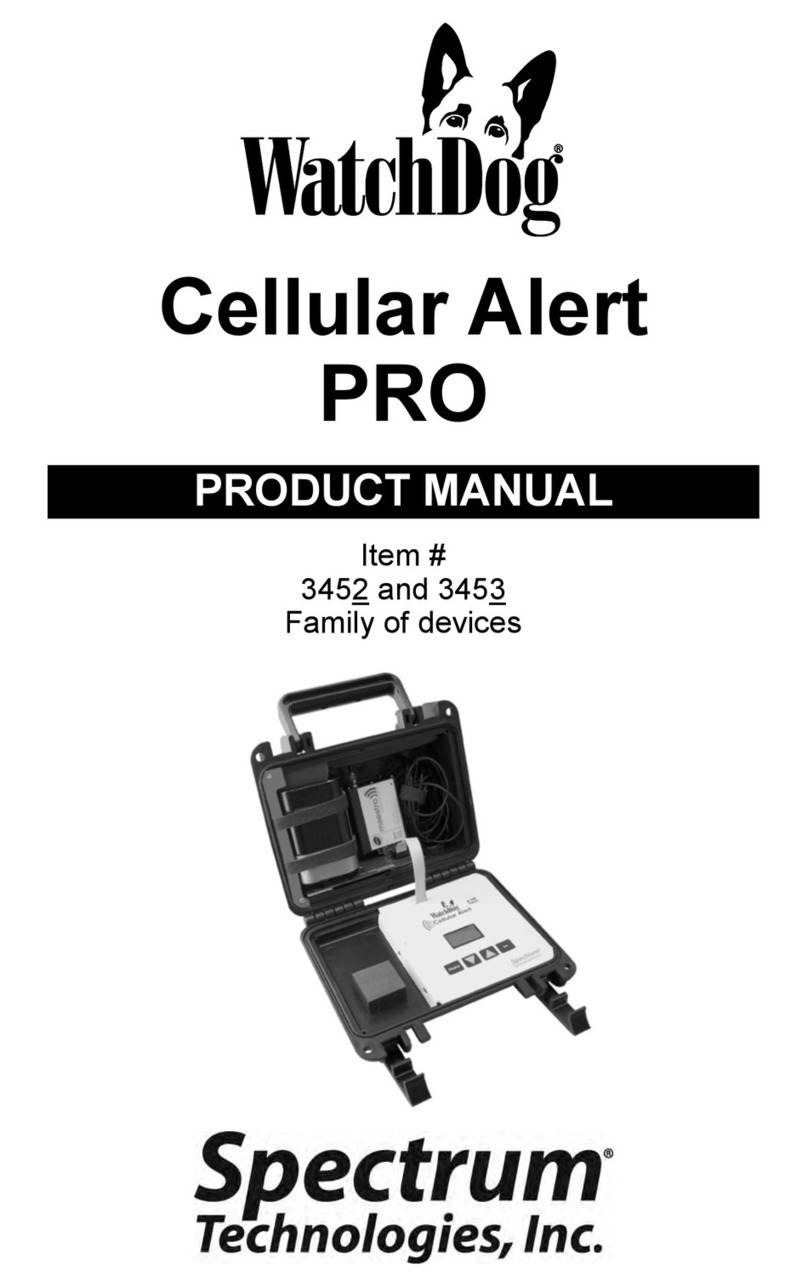
WatchDog
WatchDog 3452H product manual
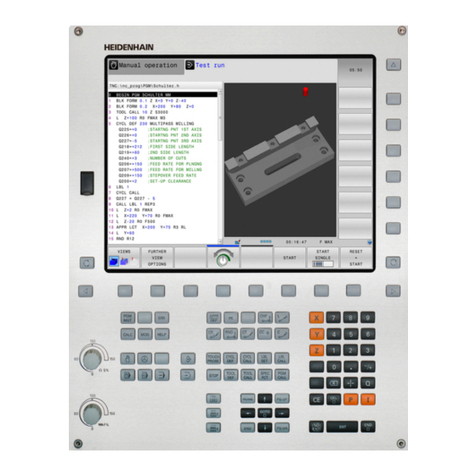
HEIDENHAIN
HEIDENHAIN TNC 620 Programming Station user manual
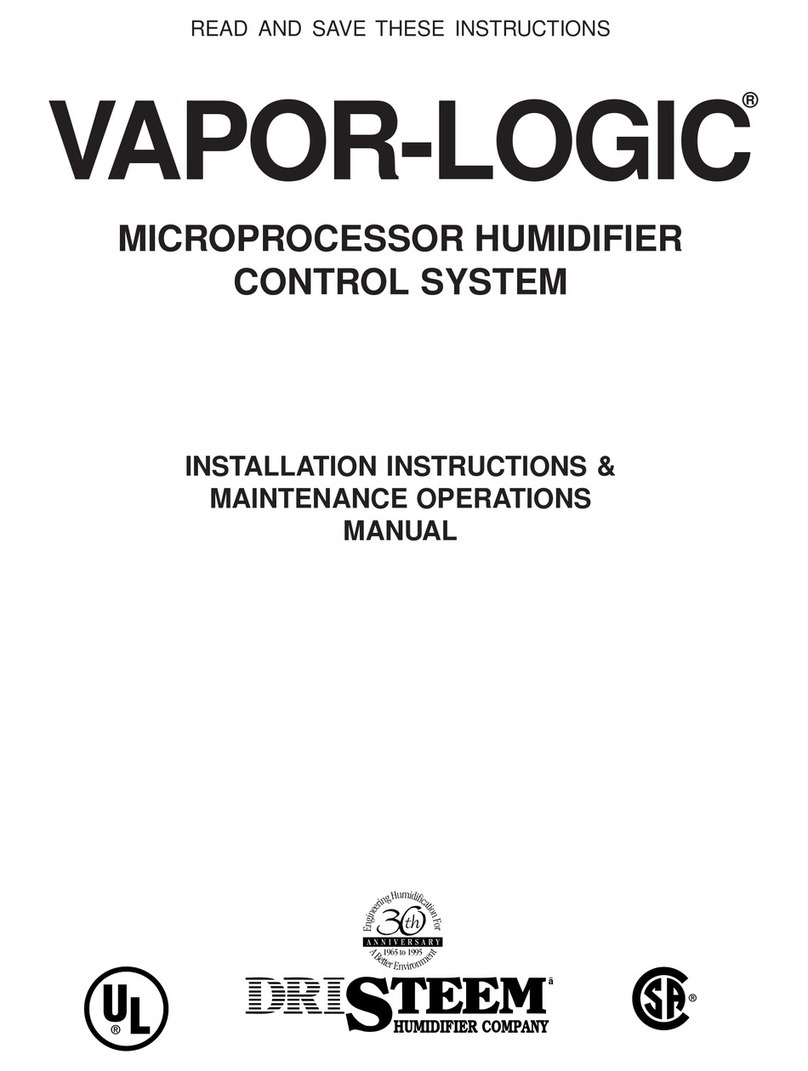
DriSteem
DriSteem Vapor-Logic Installation instructions & maintenance operations manual
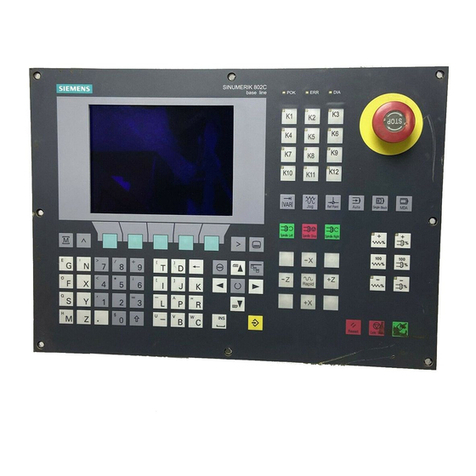
Siemens
Siemens SINUMERIK 802C manual
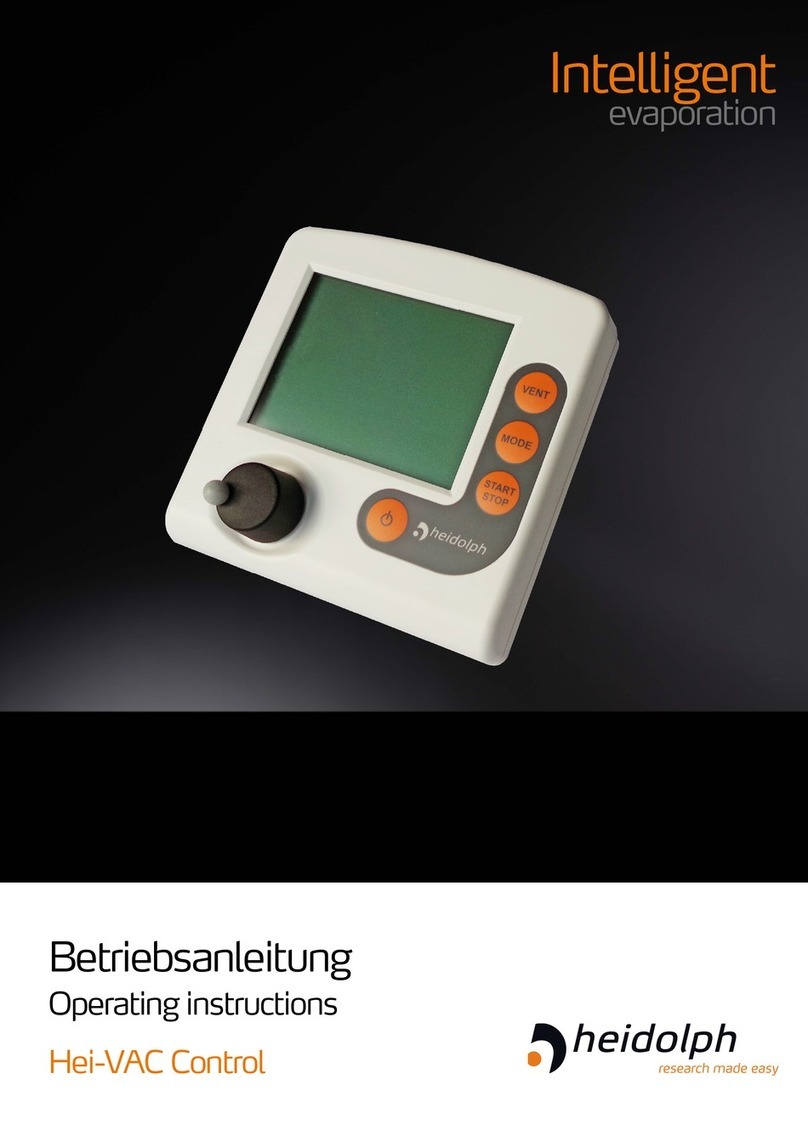
Heidolph
Heidolph Hei-VAC Control operating instructions

IBM
IBM 1800 Operating procedures

STIF
STIF VIGIBELT CDM80 instruction manual
